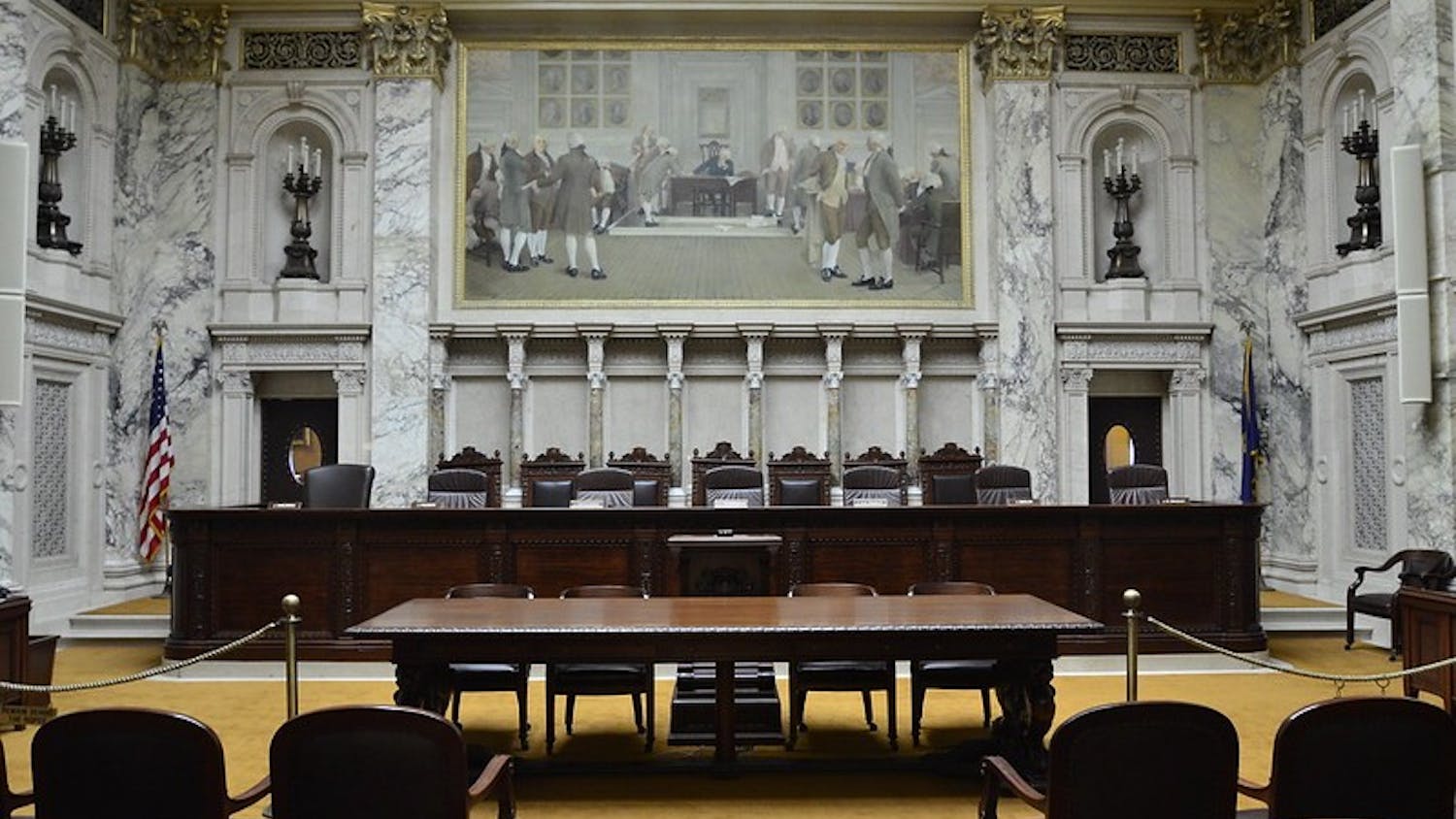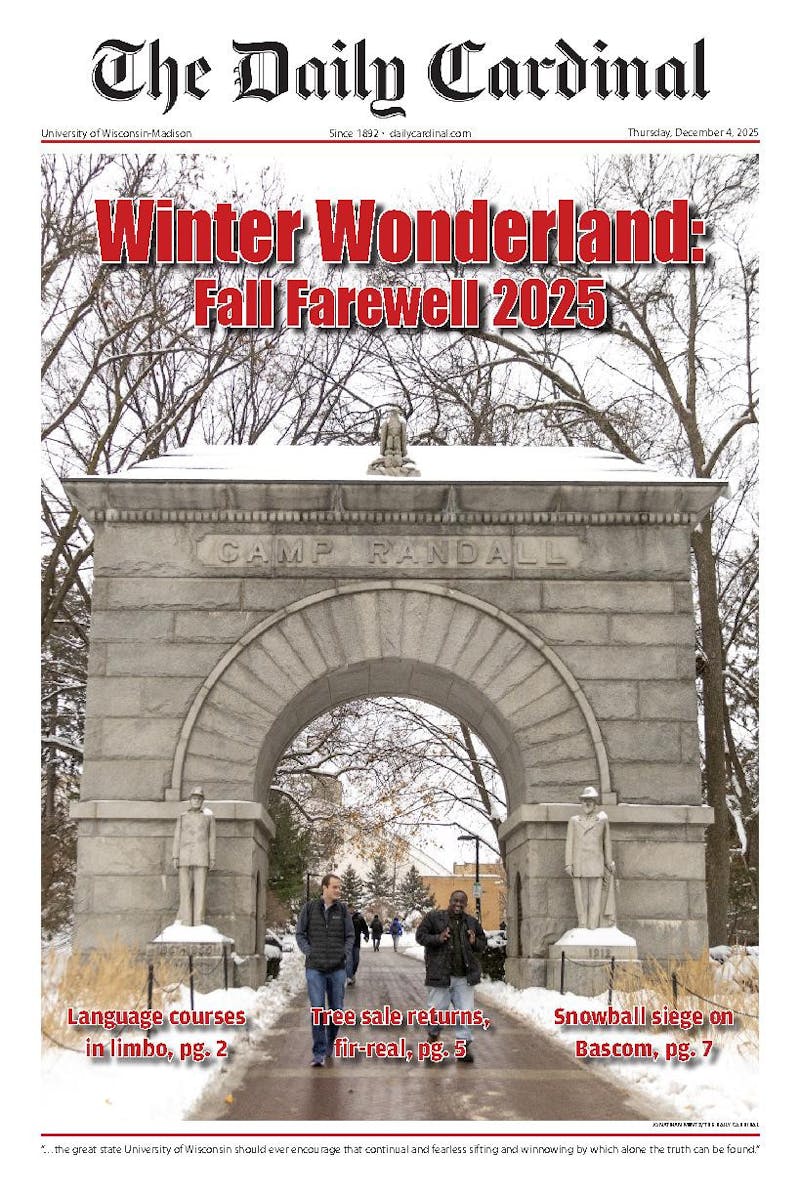President Bush's announcement last summer that there would be limited federal funding for stem-cell research marked another step in UW-Madison's prominence in the field.
On Aug. 10, Bush announced that there were about 60 lines of human embryonic stem cells already in existence, including those held by the UW-Madison-affiliated Wisconsin Alumni Research Foundation, which would be eligible for federal research funds.
Some of the earliest funding was doled out in April to four institutions, including WARF, which received about $800,000.
Discoveries by UW-Madison scientists included coaxing stem cells into neurons and blood cells, which may aid in brain repair and other illnesses. Another discovery, by UW-Madison scientist Clive Svendsen, used a stem cell as the best model to help explain Down syndrome.
James Thomson, the world-renowned UW-Madison scientist, set the university at the forefront of research in the area in 1998 when he became the first ever to successfully isolate human embryonic stem cells.
At the time, former President Clinton had prohibited any federal funding in human embryonic stem-cell research. As a result, the California-based Geron Corp. was a major source of funding for Thomson's work.
A lawsuit involving confusion as to what rights the corporation had over breakthroughs made at UW-Madison ended with a settlement during semester break. The settlement allowed for WiCell, a WARF subsidiary, to license its cell lines to other entities without paying royalties or fees to Geron.
Thomson was promoted from his position as an assistant professor to a professorship with tenure in an attempt by UW-Madison officials to keep one of its best-known faculty members.





